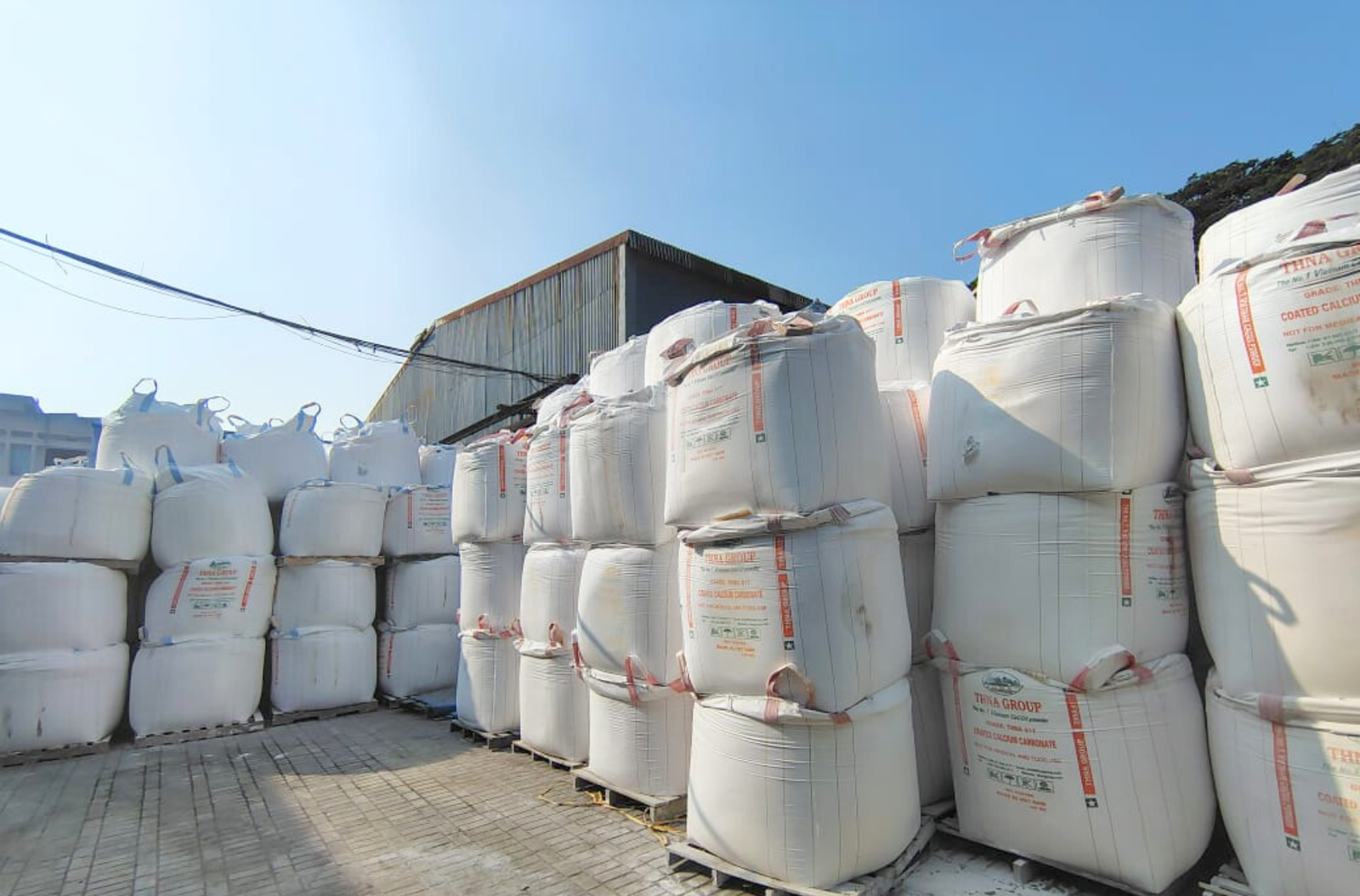Titanium Dioxide Solutions for Plastics

Titanium Dioxide Pigments Providing Optimal Performance and Yielding Outstanding Results
These titanium dioxide (TiO₂) grades are among the most widely used pigments in the plastics industry. There’s a suitable TiO₂ grade for every application, depending on resin type, processing conditions, and finished performance requirements.
Titanium Dioxide for Plastics
TiO₂ is a multifaceted material when used in polymer applications. It has been long established as the leading white pigment, and this is the application that people are most familiar with. However, titanium dioxide brings more to the polymer industry than just white, bright opacity. In a more basic sense, titanium dioxide is a photo-responsive material—its value is in its interaction with light. For example, this interaction can be the familiar scattering that results in opacity or it could be the absorption of UV light energy, thereby protecting the polymer from UV degradation. Applications continue to develop, all based on the interaction of the titanium dioxide particle with light.

As other applications for titanium dioxide have developed, its pigmentary properties remain the most important. Titanium dioxide is the most important white pigment used in the polymer industry. It is widely used, because it efficiently scatters visible light, thereby imparting whiteness, brightness, and opacity when incorporated into a plastic product. It is chemically inert, insoluble in polymers, and heat stable under the harshest of processing conditions. Titanium dioxide is commercially available in two crystal forms—anatase and rutile. The rutile pigments are preferred over anatase pigments, because they scatter light more efficiently, are more stable, and are less likely to catalyze photodegradation.
Few, if any, commercial grades of titanium dioxide are pure TiO₂. Most have inorganic and, in some cases, organic treatments deposited on the surfaces of the TiO₂ particles by precipitation, mechanical blending, or via other routes. These surface treatments provide improvements in one or more performance properties of the pigment, such as ease of dispersion, weatherability, or discoloration resistance. A single prescription for surface treatment does not produce a pigment having maximum value-in-use for all plastics applications, and it is a continuing research goal to develop titanium dioxide grades to meet the changing needs of the plastics industry.
The BAJAJ Advantage
Quality Assurance in Product Manufacture
Chemours is committed to maintaining a leadership position in product quality and uniformity. Bajaj Plast titanium dioxide masterbatch are routinely tested for properties that are appropriate for the intended application of the product. The results of the quality testing are collected and reported using SAP tools. The testing can include color, tinting strength, undertone, pH, resistance, screen-pack testing, acid solubility,yellowing, and low shear dispersion.
About Bajaj Plast Pvt. Ltd.
Bajaj Plast Pvt. Ltd. is a leading manufacturer of high-quality masterbatch solutions, dedicated to innovation, sustainability, and excellence. With a strong focus on customer satisfaction and cutting-edge technology, we are committed to delivering superior products that meet the evolving needs of the polymer industry.



